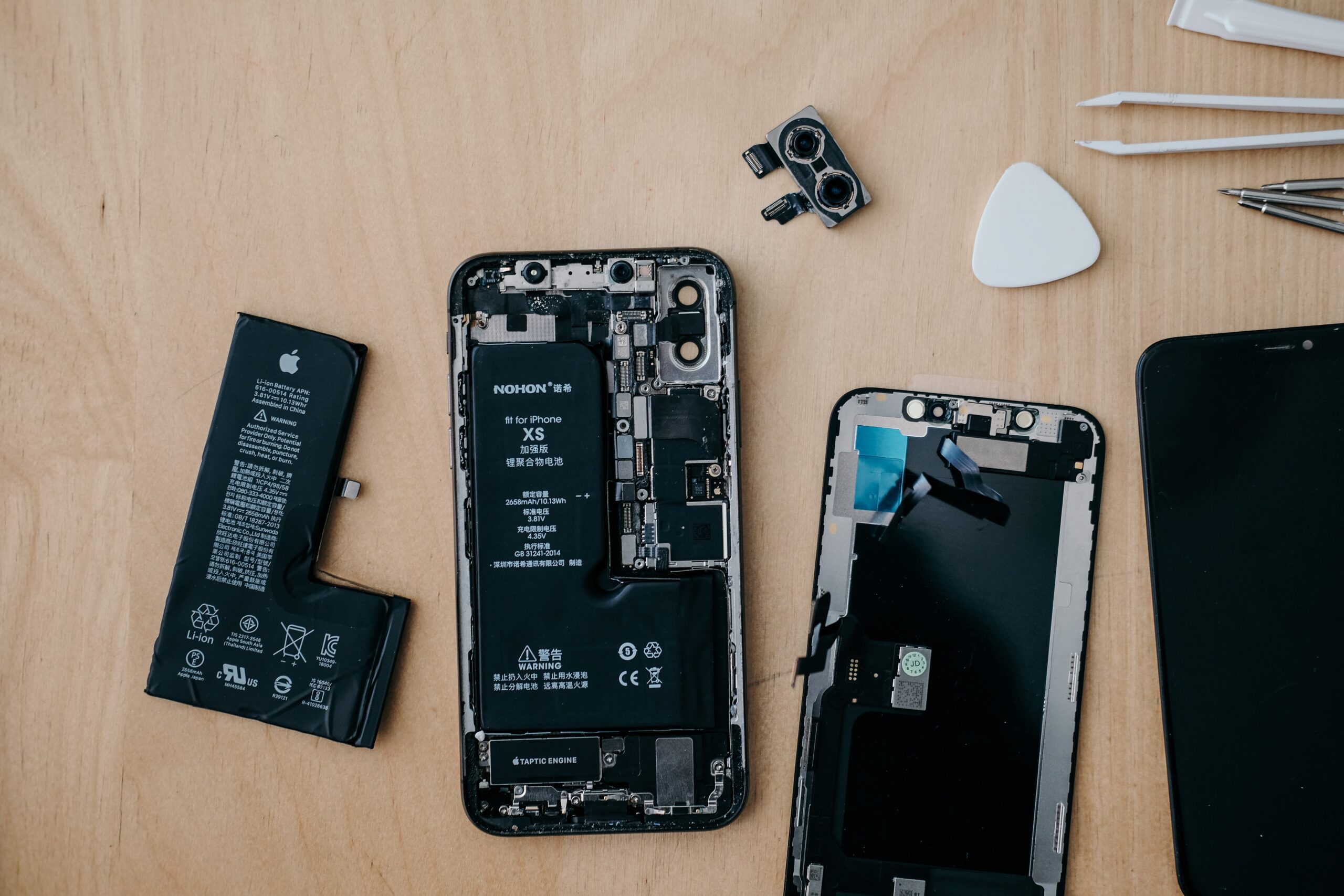As automation and AI continue to transform the job market, there is growing concern about the impact on employment and income inequality. One proposed solution is the implementation of a “robot tax” to fund a universal basic income (UBI). The idea is to tax companies that use robots or AI in their operations and use the revenue to provide a basic income for all citizens. While this proposal has garnered support from some quarters, it is not without its drawbacks. In this article, we will examine the pros and cons of a robot tax to fund UBI.
One of the primary advantages of a robot tax is that it can help to address income inequality. As automation and AI continue to replace jobs, many workers are being left behind, with low-paying jobs becoming the norm. A UBI funded by a robot tax could provide a basic income for all citizens, regardless of their employment status, and help to reduce inequality. Additionally, a robot tax could generate revenue that could be used to support other social programs, such as healthcare and education.
Another potential benefit of a robot tax is that it could encourage companies to invest more in human workers. By making the use of robots more expensive, companies may be incentivized to invest in human workers, providing them with better training, benefits, and working conditions, which could lead to better outcomes for workers.
However, one of the biggest challenges of a robot tax is that it would be difficult to implement. It is not always clear which jobs are being replaced by automation, and it can be challenging to determine which companies should be taxed. Additionally, there is a risk that companies may try to avoid the tax by relocating or finding ways to hide their use of robots.
Another potential drawback of a robot tax is that it could stifle innovation. By making the use of robots more expensive, companies may be discouraged from investing in new technologies or developing new products. This could lead to a slowdown in innovation and could negatively impact economic growth.
Finally, there is a risk that a robot tax may not generate enough revenue to fund UBI adequately. While it is possible that a robot tax could generate significant revenue, there is no guarantee that it would be enough to provide a basic income for all citizens. Additionally, the revenue generated may not be distributed equitably, which could lead to further inequality.
The idea of a robot tax to fund UBI is an intriguing one, but it is not without its challenges. While a robot tax could help to address income inequality, provide a safety net for all citizens, and generate revenue to support other social programs, it could also be challenging to implement and could stifle innovation. Additionally, there is a risk that it may not generate enough revenue to fund UBI adequately. Ultimately, the decision to implement a robot tax to fund UBI will depend on a range of factors, including the political climate, economic conditions, and societal values. However, it is clear that the issue of automation and AI and its impact on the job market and income inequality is one that will continue to be debated, and solutions such as a robot tax may be considered in the years to come.


